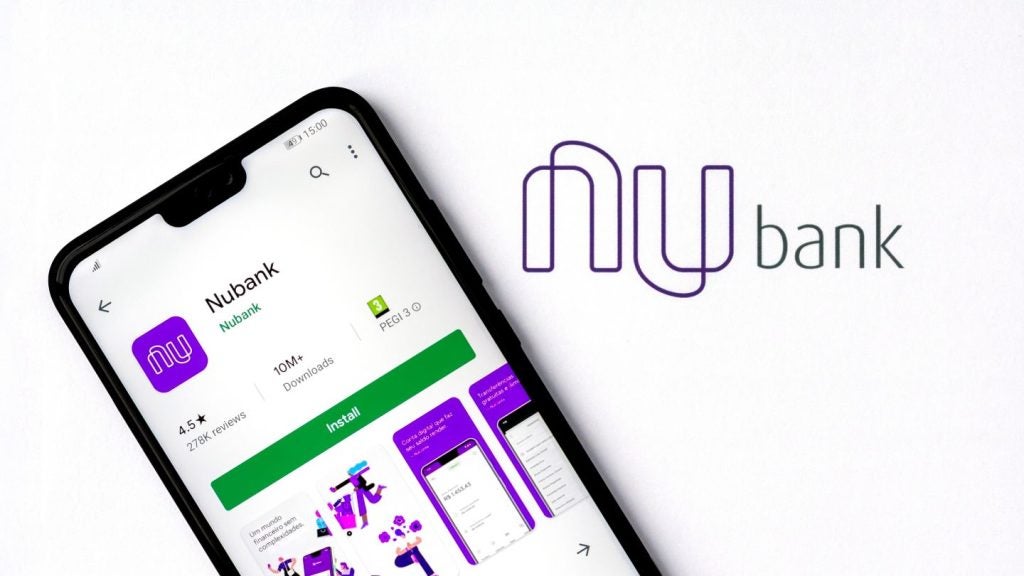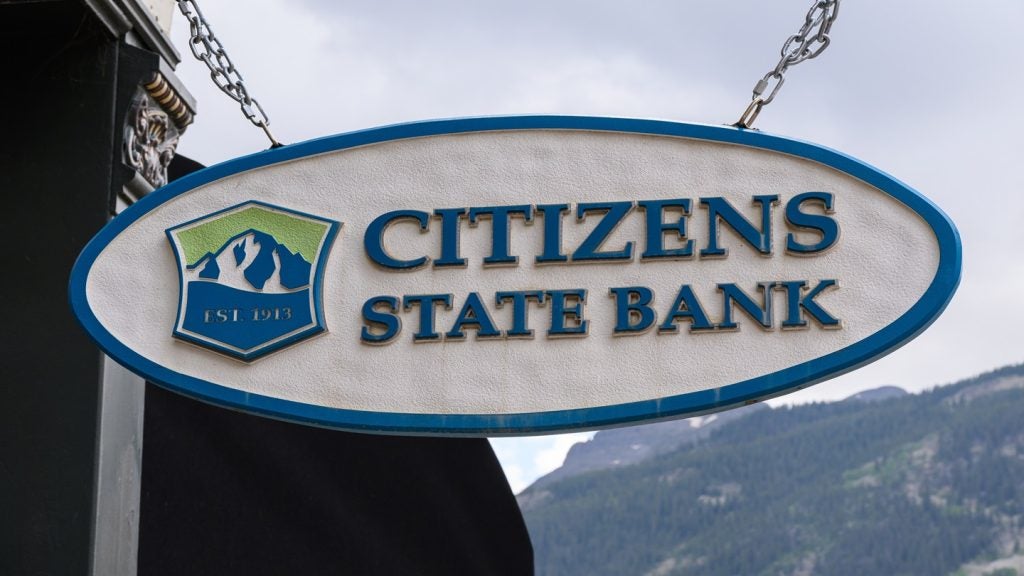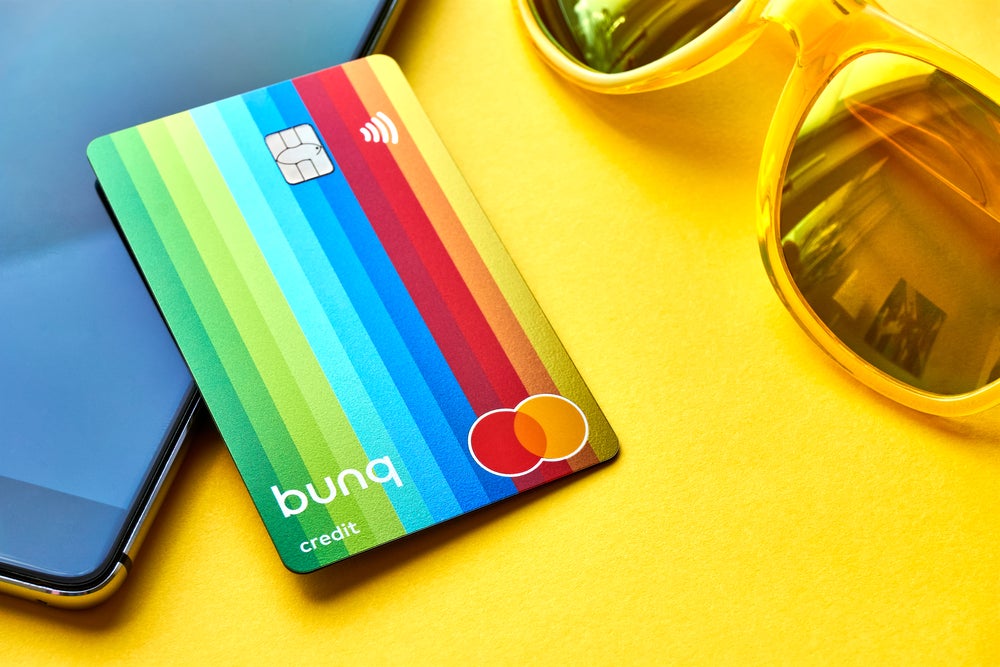At a time when prepaid cards are
struggling for mass market adoption in markets such as the UK, a
new study has said that, for low income segments, prepaid may be a
cheaper way to bank in the US.
The average US consumer can make a saving of
over $100 per year by making use of prepaid cards with direct
deposits rather than a basic bank checking account, according to a
new study from US banking consultancy Bretton Woods.
A comparison of checking accounts at four
leading US banks – Bank of America, Wells Fargo, JPMorgan Chase and
Citigroup – with popular prepaid cards such as Green Dot Visa/MC
and AccountNow Visa found that the average bank customer paid
between $204 and $353 annually for a basic checking account with
usage patterns akin to those seen for branded prepaid cards.
Those costs, which included a “conservative”
estimate of six overdraft fees per year as well as ATM fees and
minimum balance fees, compared with an annual average of between
$215 and $320 incurred by active users of branded prepaid cards,
with consumers who opted for a prepaid card with a direct deposit
facility paying between $108 and $207 per year.
The report noted, however, that the costs “are
basic to cover recurring monthly expenses and cash needs… there are
a multitude of other services a consumer could use that would
increase costs for both bank and prepaid card accounts”.
Customers who do not have access to either
basic banking accounts or prepaid cards, and are forced to use a
variety of systems such as check cashing services, purchasing money
orders and bill payment fees, pay an annual average of between $167
and $312 in fees, the report added.

US Tariffs are shifting - will you react or anticipate?
Don’t let policy changes catch you off guard. Stay proactive with real-time data and expert analysis.
By GlobalDataThe study, Payment Systems Evolution and
Branded Prepaid Card Analysis, also moved to dispel what the
authors feel are preconceptions over the use of prepaid cards.
Responding to suggestions that common pricing
schemes should be introduced in order to simplify fee structures
across the prepaid industry, Michael Flores, author and Bretton
Woods CEO, said that “suppliers who offer unique pricing options
benefit consumers”, citing the mobile telecoms industry’s own
divergent pricing policies as a case in point.
While inactivity and dormancy fees are
necessary in some cases, other charges were less severe than those
commonly employed by the banking industry.
Flores added: “Overdrafts with prepaid cards
are the exception, not the rule. Most reloadable prepaid cards do
not allow overdrafts. For those that offer this option, it is an
affirmative ‘opt in’ service and the fees tend to be less than bank
overdraft fees”.
From a security standpoint, and contrary to
prepaid cards’ reputation as a riskier product, the study noted
that the financial services industry has already pointed out the
advantages inherent in the system – transactions that are traceable
and trackable, and that can be cancelled with funds frozen at any
time. These services mean “it is not clear that prepaid cards are
any more risky than other card products such as credit and debit
cards”.
Further, the report said, new US Treasury
regulations which could increase prepaid card anti-money laundering
reporting requirements will be imposed against a backdrop of an
industry which has already adopted a number of best practices.
These include anonymous network branded cards,
unavailable for sale to the public in amounts over $1,000, being
unable to be reloaded or used at ATMs.
An increasing shift away from cash
transactions – projected to fall to 15 percent of total payments in
2012 from a 2007 level of 20 percent – will also benefit the
prepaid market, which is suited to smaller payments. Figures cited
by the study estimate that average transaction amounts for credit,
debit and prepaid cards will stand at $85, $43 and $36 respectively
by 2012.
|
Banking fees |
||
|
US – average cost of payment |
||
|
Low usage |
High usage |
|
|
Prepaid card |
$0-$215 |
$215-$320 |
|
Prepaid card with direct deposit |
$0-$108 |
$108-$207 |
|
Basic bank current account |
$0-$204 |
$204-$353 |
|
Cash |
$0-$167 |
$167-$313 |
|
Source: Bretton Woods |
||







